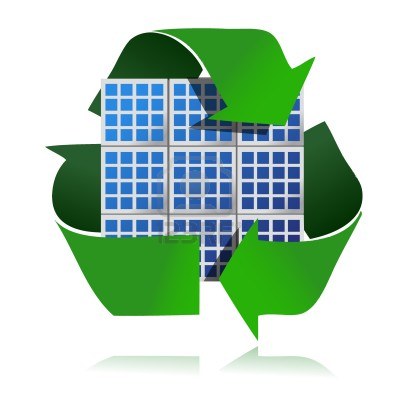Thermosyphon systems design and performance
The passive or thermosyphon systems rely on the natural circulation of water between the collector and the tank, or the heat exchanger in the tank. As passive systems do not rely on pumps and controllers, they do not require an electrical supply. They naturally modulate the circulation flow rate in phase with the radiation level, and are more reliable and have a longer life than pumped systems. Passive systems can also be built with inherent freeze resistance so they can be used in areas that are subject to extended periods at freezing temperatures.
A thermosyphon system relies on the natural circulation of water between the collector and the tank or heat exchanger. To achieve circulation during the day and to limit reverse circulation at night, the tank must be above the collector. As water in the collector is heated, it rises naturally into the tank, while cooler water in the tank flows down to the bottom of the collector, causing circulation throughout the system. Thermosyphonsystems can be designed with freeze protection devices ranging from dump valves or heaters in the bottom collector header for mild freeze areas, to inherent freeze resistance by using a natural circulation antifreeze closed loop, between the collector and the tank. Typical collector configurations include flat-plates (Figure 1), evacuated tubes (Figure 2) and concentrating collectors (Figure 3).
















